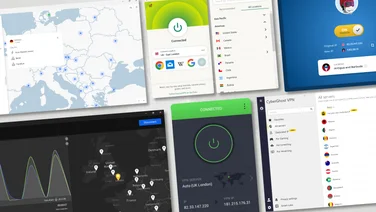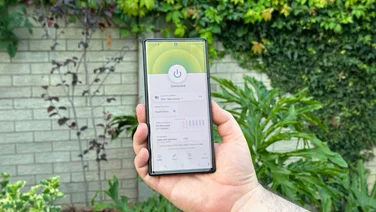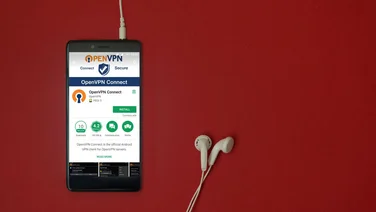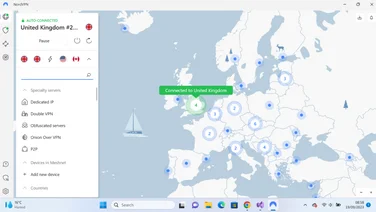To help us provide you with free impartial advice, we may earn a commission if you buy through links on our site. Learn more

VPNs have many more uses than just letting you browse the web anonymously and securely. We’ve rounded up five of the best tricks that you can do with a VPN, from finding your artistic doppelgänger to saving money on your holidays.
If you haven’t got a VPN, our guide to the best VPN services in the UK offers a thorough run through of the main providers.
Discover your artistic double using Google
Last month, Google added an intriguing feature to its Arts & Culture app called ‘Search with a selfie’. This matches photos you take of yourself with 70,000 portraits in art galleries around the world, based on similarities such as the shape and size of the eyes, nose and mouth. Sadly, this fun option is restricted to Australia, Canada, India, New Zealand and parts of the US, which is where a VPN comes in handy. Install the app from Google Play or the Apple App store, then launch your VPN and choose a US city – New York and Seattle both worked for us. Open Google Arts & Culture, swipe down the home screen and you should see the selfie function. Snap your mugshot and Google will find your five closest artistic matches. Mine was Dr Thomas Dagoumer (1762–1833), as painted by Pierre-Paul Prud’hon (no, me neither!).

View international versions of websites
Ever wondered what BBC News, Mail Online or another UK website looks like outside Blighty, or wanted to shop at the American or Australian branch of an online store without being redirected home? Then fire up your VPN, choose where you want to pretend to be browsing from and revisit the site to view content tailored to that country. Unsurprisingly, Mail Online’s US site has a lot more Trump, far fewer soap stars and about the same amount of Kardashians!
Compare top VPN deals
Unblock sites that are blocked at work

Many workplaces, universities and schools have an ‘acceptable use’ policy for the web, which blocks sites such as Facebook, YouTube and Twitter to prevent employees and students from wasting time, hogging bandwidth and leaking information. If you find this approach heavy-handed and unfair, you can use a VPN to secretly bypass the network restrictions. By concealing your IP address and location, a VPN will allow you to access your favourite sites without getting in trouble and by encrypting your traffic it stops anyone seeing what you’ve been doing if you do get rumbled. If you’re unable to download VPN software to your office computer, try a VPN browser extension instead.
Beat unfair streaming restrictions
VPNs have long been used to access streaming services that are not available in your country, for example Hulu from outside the US, BBC iPlayer outside the UK and the many regional variations of Netflix. This had led to many VPNs being blocked by these services, although tweaks are frequently made to help them unblock the blocks.

At the time of writing, NordVPN was still able to access Hulu, iPlayer, Netflix and more from outside the designated countries using its Smartplay feature, as was ExpressVPN. However, bear in mind that, although VPNs aren’t themselves illegal (unless you live in China), using them to stream content unavailable in your country may breach copyright law.
Save money on holiday costs
It’s no secret that websites alter their prices depending on the visitor, and it’s especially true of flight- and hotel-booking companies. Find out if you could save money on your next holiday by using your VPN to pretend you’re browsing from another country, or to avoid being redirected to the UK version of a site. You may find prices a lot cheaper, and can use a translation tool and currency converter to avoid hidden costs (you may also need to clear your browser cookies before revisiting a site using a VPN). See SaferVPN’s article for more info on this “totally legal” trick.






